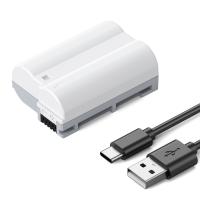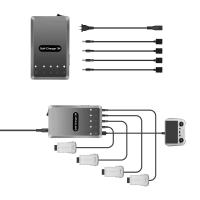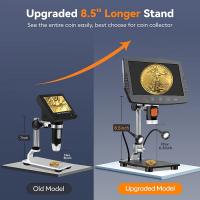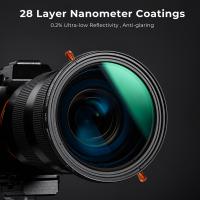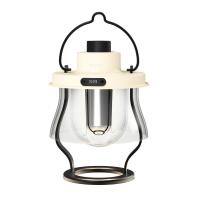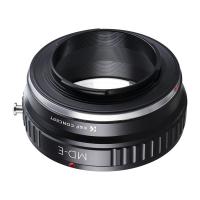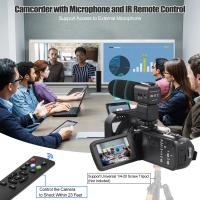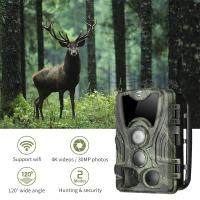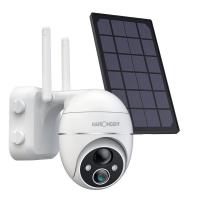What To Look For In A Camera Strap ?
When looking for a camera strap, it is important to consider factors such as comfort, durability, and functionality. A good camera strap should be comfortable to wear for extended periods of time, with features like padding or ergonomic design. Durability is also crucial, as the strap should be able to withstand the weight of the camera and any potential rough handling. Additionally, functionality is key, and a camera strap should provide easy access to the camera while keeping it secure. Other factors to consider include adjustability, attachment options, and the overall style of the strap. Ultimately, the best camera strap will depend on personal preferences and shooting needs.
1、 Comfort and Ergonomics
When it comes to choosing a camera strap, comfort and ergonomics should be at the top of your priority list. A camera strap is not just a simple accessory; it plays a crucial role in ensuring that you can comfortably carry your camera for extended periods without straining your neck or shoulders.
Comfort is subjective, and what works for one person may not work for another. However, there are a few key factors to consider. Firstly, the material of the strap should be soft and durable, such as neoprene or padded nylon, to prevent chafing and distribute the weight of the camera evenly. Adjustable straps are also essential, as they allow you to customize the length to your preferred position.
Ergonomics is equally important, as it determines how well the strap fits your body and how easy it is to use. Look for a strap that has a wide shoulder pad to provide better weight distribution and reduce pressure points. Additionally, a strap with a quick-release mechanism can be convenient for quickly detaching the camera when needed.
In recent years, there have been advancements in camera strap design to cater to the evolving needs of photographers. Some straps now feature anti-slip materials or grip patterns to prevent the camera from sliding off your shoulder. Others incorporate additional pockets or attachment points for accessories like lens caps or memory card holders.
Ultimately, the best camera strap is one that suits your individual needs and shooting style. Consider factors such as the weight of your camera, the type of photography you do, and your personal preferences. By prioritizing comfort and ergonomics, you can ensure that your camera strap enhances your shooting experience rather than hindering it.
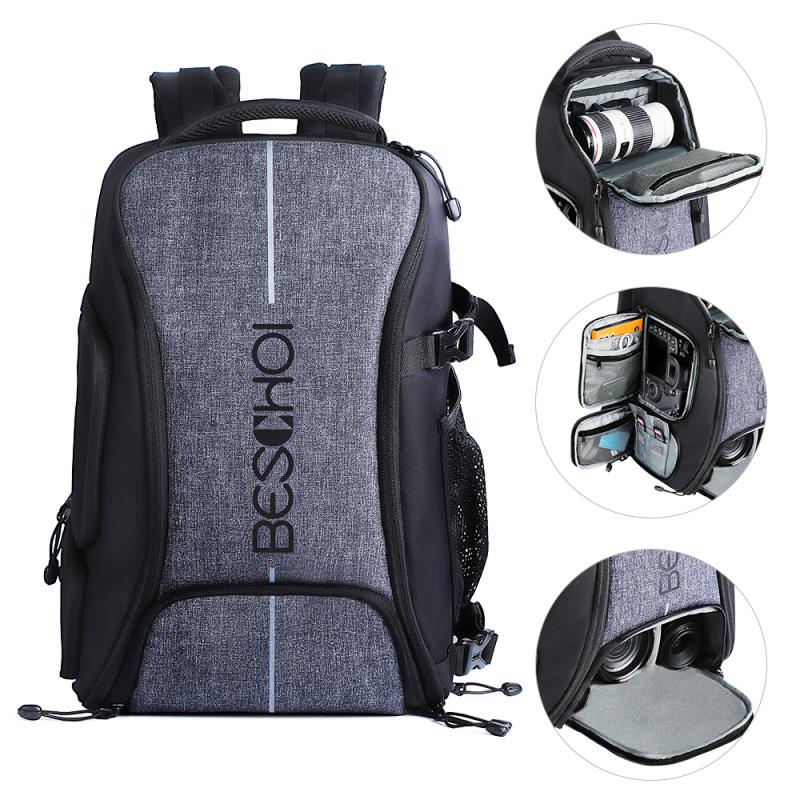
2、 Durability and Material Quality
When it comes to choosing a camera strap, there are a few key factors to consider. One of the most important aspects is durability and material quality. A camera strap needs to be able to withstand the weight of your camera and provide reliable support, so it's crucial to invest in a strap that is built to last.
Durability is essential because a camera strap will be subjected to constant use and potential wear and tear. Look for straps made from high-quality materials such as nylon or leather, as these tend to be more durable and long-lasting. Reinforced stitching is also a good indicator of a strap's durability, as it ensures that the strap can handle the weight of your camera without fraying or breaking.
Material quality is equally important. A camera strap should be comfortable to wear for extended periods, so it's essential to choose a strap made from a soft and comfortable material. Neoprene or padded straps are popular choices as they provide cushioning and distribute the weight of the camera evenly across your shoulder or neck.
In addition to durability and material quality, it's worth considering other features that can enhance your photography experience. Some camera straps come with quick-release mechanisms, allowing you to easily detach your camera from the strap when needed. Others may have adjustable lengths, providing flexibility in how you wear your camera.
Ultimately, the best camera strap for you will depend on your personal preferences and shooting style. However, by prioritizing durability and material quality, you can ensure that your camera strap will provide reliable support and withstand the test of time.
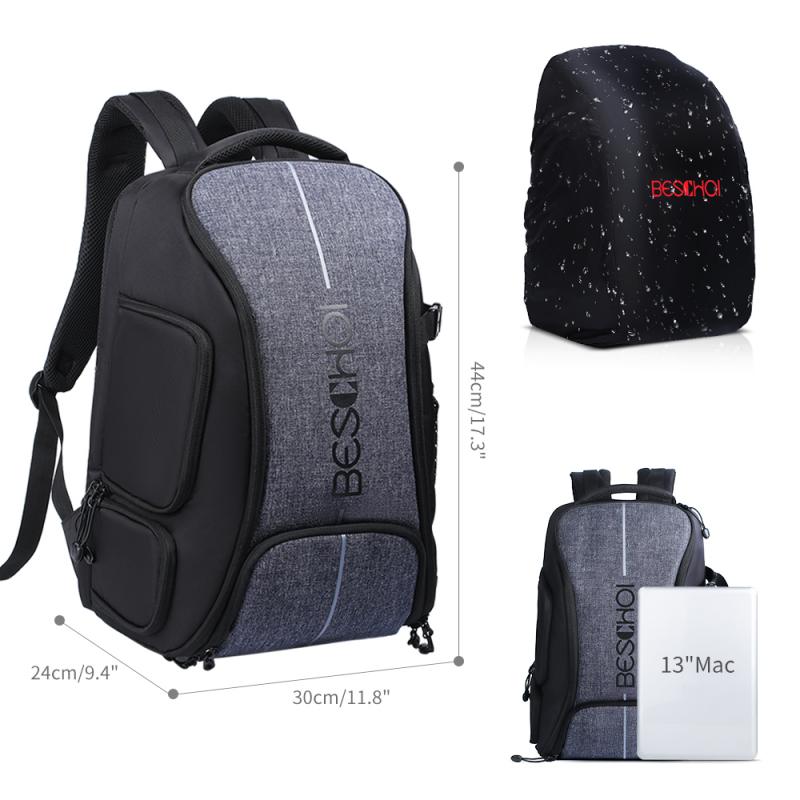
3、 Adjustability and Length
When it comes to choosing a camera strap, there are several factors to consider. One of the most important aspects is adjustability and length. A camera strap that is adjustable allows you to customize the fit to your specific needs and preferences. This is particularly important if you have a larger or smaller frame, as a strap that is too long or too short can be uncomfortable and may not provide the necessary support for your camera.
Additionally, the length of the camera strap is crucial for ensuring comfort and ease of use. A strap that is too short may cause the camera to be too close to your body, making it difficult to maneuver and potentially causing discomfort. On the other hand, a strap that is too long may allow the camera to swing around too much, increasing the risk of accidental damage.
In recent years, there have been advancements in camera strap design that take into account the needs of photographers. Some straps now feature quick-adjust mechanisms, allowing for easy length adjustments on the go. This can be particularly useful when transitioning between different shooting positions or when switching between handheld and tripod-mounted shooting.
Furthermore, many camera straps now incorporate padding or ergonomic designs to enhance comfort during long shooting sessions. This is especially beneficial for photographers who frequently carry heavy camera equipment.
In conclusion, when looking for a camera strap, it is essential to prioritize adjustability and length. These factors contribute to the overall comfort and functionality of the strap, ensuring that you can carry your camera with ease and confidence.
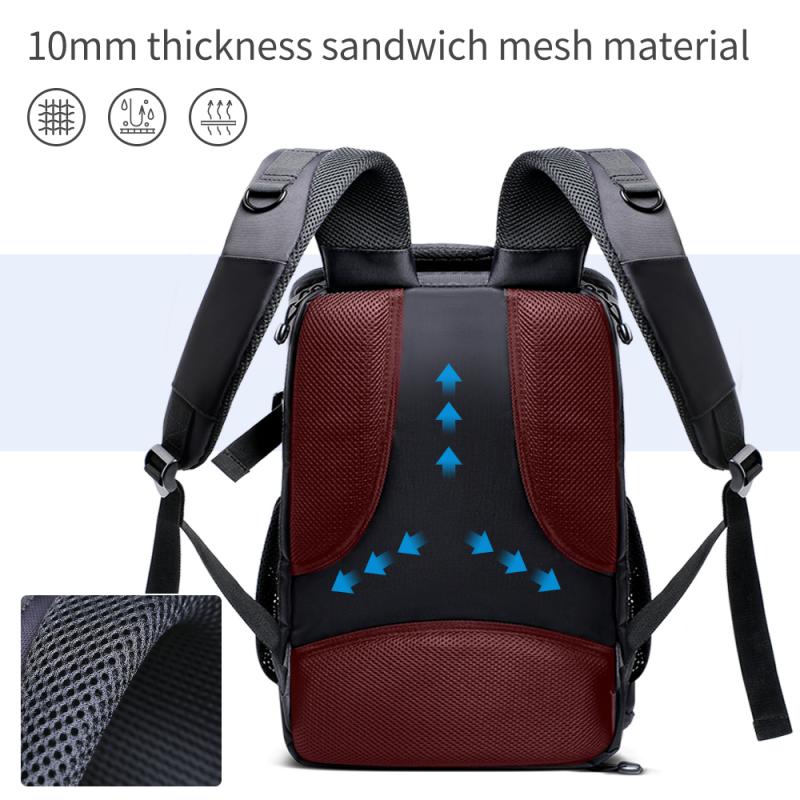
4、 Attachment Mechanism and Security
When considering what to look for in a camera strap, one of the most important factors to consider is the attachment mechanism and security it provides. The attachment mechanism determines how the strap connects to the camera, and the security ensures that the camera remains safely attached at all times.
There are several types of attachment mechanisms available, including traditional neck straps, wrist straps, and sling straps. Neck straps typically attach to the camera's strap lugs, while wrist straps often use a loop that attaches to the camera's tripod mount. Sling straps, on the other hand, offer a cross-body design that provides added comfort and stability.
Regardless of the type of strap, it is crucial to ensure that the attachment mechanism is secure and reliable. Look for straps that use high-quality materials, such as durable nylon or leather, and sturdy metal connectors. Reinforced stitching and strong buckles or clips are also essential for added security.
In recent years, there has been a growing trend towards quick-release attachment mechanisms. These allow photographers to easily detach the camera from the strap when needed, such as when using a tripod. Quick-release systems often utilize strong yet lightweight materials like aluminum or carbon fiber, providing a balance between convenience and security.
Additionally, some camera straps now incorporate anti-theft features, such as slash-proof materials or locking mechanisms. These features provide peace of mind when shooting in crowded or high-risk environments.
In conclusion, when looking for a camera strap, it is crucial to consider the attachment mechanism and security it offers. Opt for straps with reliable attachment points, durable materials, and secure fastening systems. Stay updated with the latest advancements in strap technology, such as quick-release mechanisms or anti-theft features, to ensure the utmost safety and convenience for your camera.
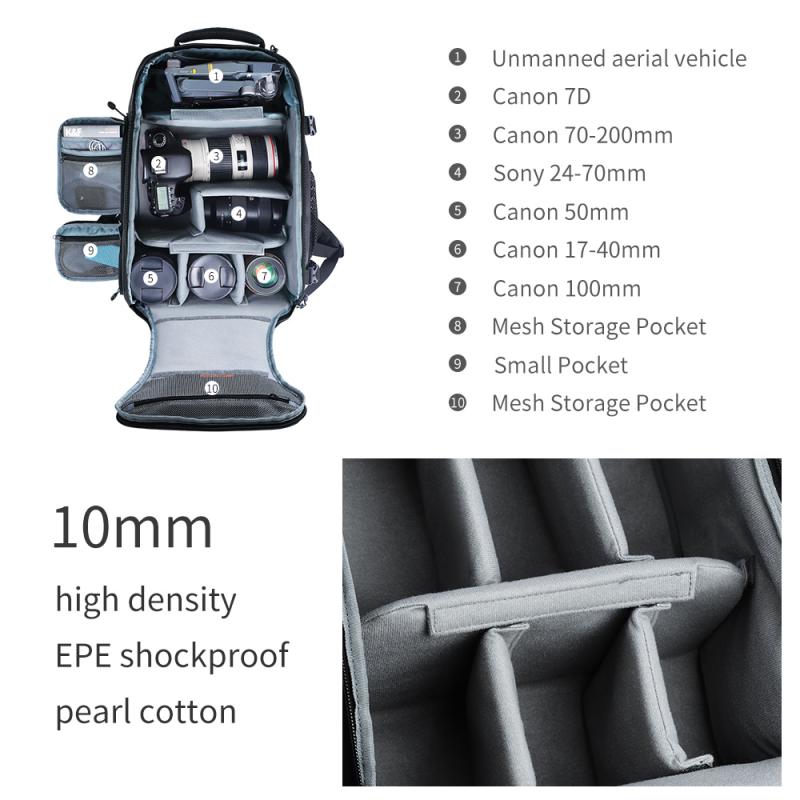

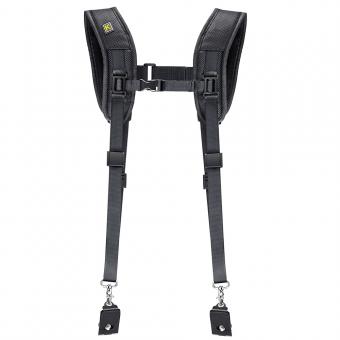
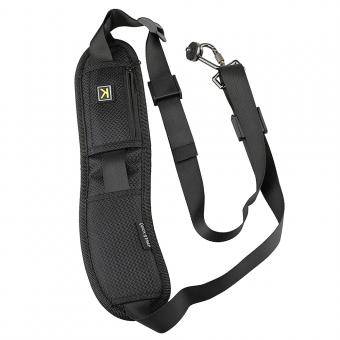
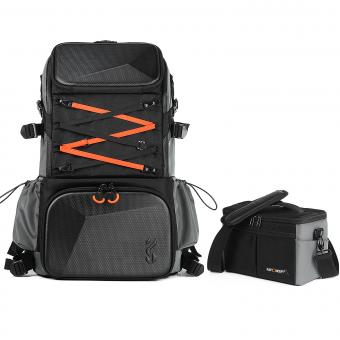
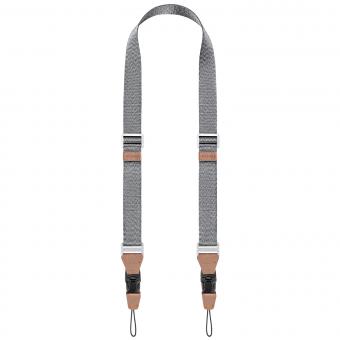
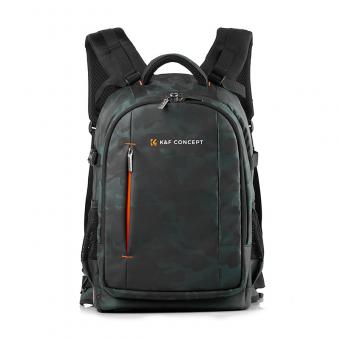
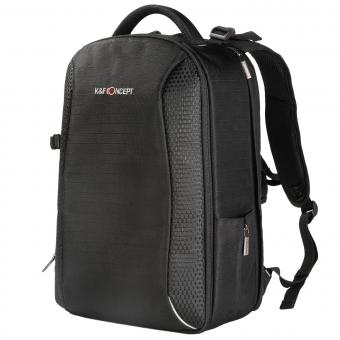
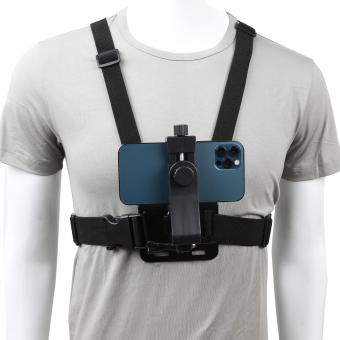
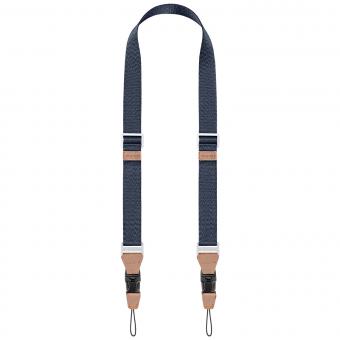
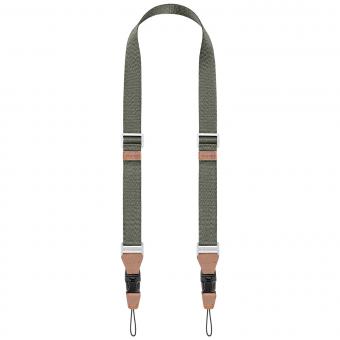
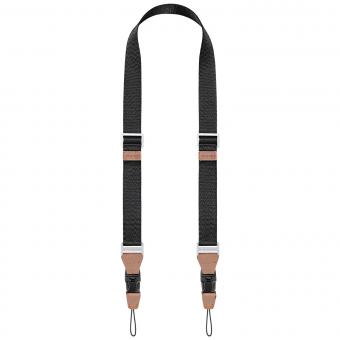




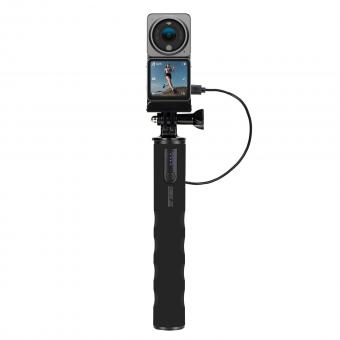
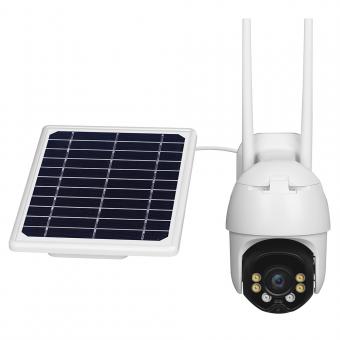
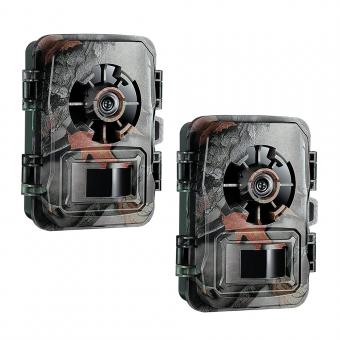
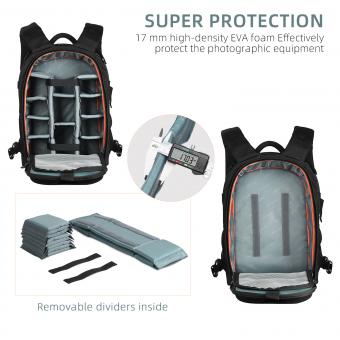



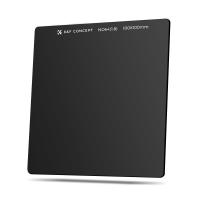
![Supfoto Osmo Action 3 Screen Protector for DJI Osmo Action 3 Accessories, 9H Tempered Glass Film Screen Cover Protector + Lens Protector for DJI Osmo 3 Dual Screen [6pcs] Supfoto Osmo Action 3 Screen Protector for DJI Osmo Action 3 Accessories, 9H Tempered Glass Film Screen Cover Protector + Lens Protector for DJI Osmo 3 Dual Screen [6pcs]](https://img.kentfaith.de/cache/catalog/products/de/GW41.0076/GW41.0076-1-200x200.jpg)

